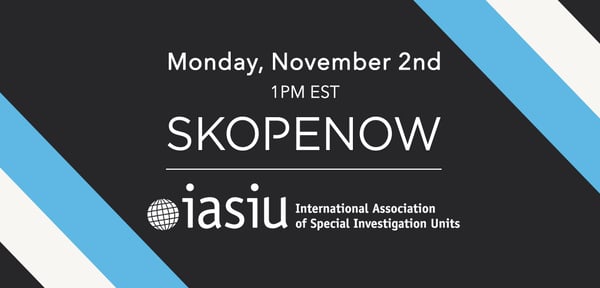
Nov 9, 2020
Post-truth information inhabits the grey space between fact and fiction. It is where slippage between truth, “alt-facts”, opinions, and beliefs creates a treacherous informational landscape, and objective truth remains evasive. Such an environment spells trouble for any industry that depends on…
Continue Reading







